How to Prepare Your Trip to Buenos Aires for First-Timers
Are you traveling to Buenos Aires for the first time, and don’t know how to prepare your trip to Buenos Aires? Then you have come to the right place!
This guide will take you through the most common questions first-time visitors have when preparing for a trip to Buenos Aires.
If you are interested in what to do in Buenos Aires, check out the most popular things to do in Buenos Aires.
After living in Buenos Aires for seven years, I have learned the ins and outs of this fascinating city. With this guide, I hope I can help you get the most out of your stay!
Let’s get started!
A Long-Term Expat’s Best Travel Tips to How to Prepare Your Visit to Buenos Aires
Disclosure: Some of the links below are affiliate links. This means that at no additional cost to you, Becci Abroad will earn a commission if you purchase through one of those links. This helps to pay the bills and the maintenance of the site.
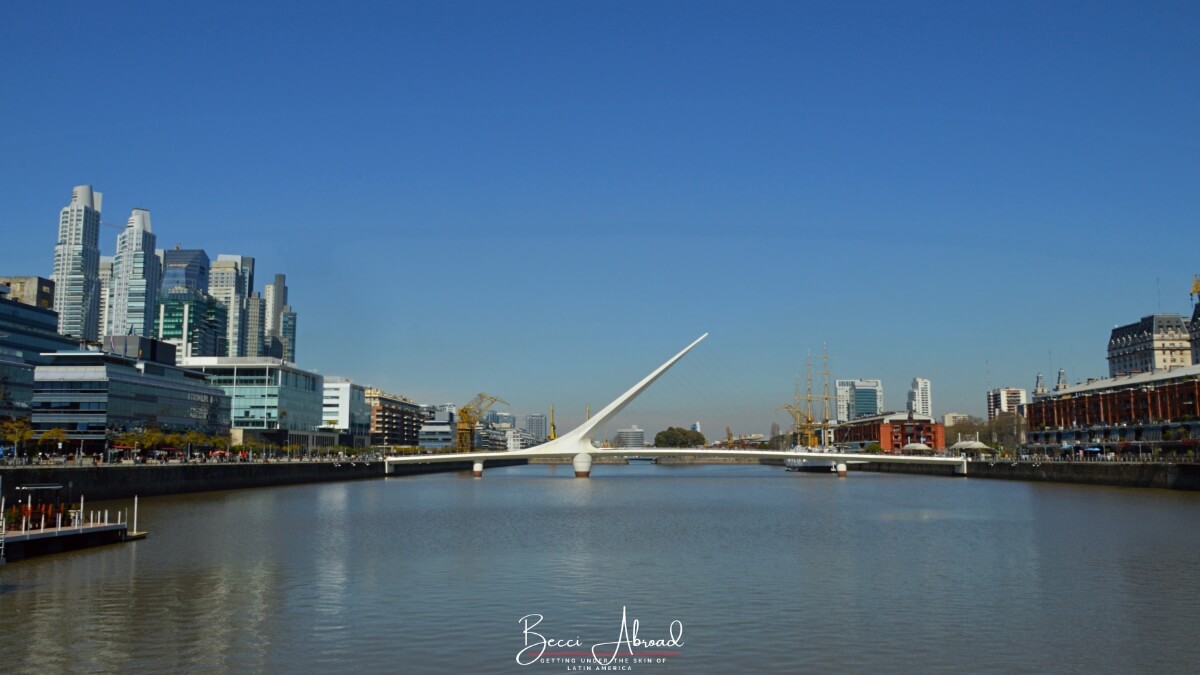
Getting to Known Buenos Aires
- Population: 3.12 million
- Official Language: Spanish with a special River Plate Spanish accent (read more below)
- Currency: Argentine Pesos (ARG)
Where is Buenos Aires?
Buenos Aires is the capital city of Argentina and is located on the southeastern coast of South America towards the Atlantic Ocean.
In Argentina, Buenos Aires is located in the northeastern corner of the country. Buenos Aires is also the most populated city in Argentina.
Buenos Aires lies on the western shore by the Río de la Plata, which is directly translated as the River of Silver. Buenos Aires shares borders by water with its neighboring country, Uruguay.
What Language Do They Speak in Buenos Aires?
In Argentina and Buenos Aires, locals speak Spanish.
However, Spanish in Argentina has a unique accent and, at times completely different vocabulary, compared to it’s neighboring countries in Latin America.
Spanish in Buenos Aires is often referred to as Castellano Rioplatense or River Plate Spanish, referring to the Spanish spoken in the region around the river, Rio de la Plata.
The locals of Buenos Aires are called porteños, and even the Spanish between different parts of Argentina differ in accent and vocabulary.
Spanish in Argentina
Spanish in Argentine is very different from other versions of Spanish in two particular ways:
- El Voseo – the use of vos instead of tú,
- El yeísmo – the pronunciation of ll (the double L) and y as a sh-sound.
El Voseo
In most Spanish-speaking countries, tú is the Spanish word for “you” in the second person singular. However, in Argentina, they don’t use tú! Instead, they say vos for the second person singular.
The conjugations of the verbs in the second person singular even change sometimes! Instead of translating “you are” to Spanish as tú eres, in Argentina, it becomes vos sos.
El Yeísmo
Argentine Spanish is particularly famous for its special pronunciation of ll (the double L) and y in any Spanish word. So, playa becomes plasha and calle becomes cashe.
For first-timers in Buenos Aires, it can be a bit of a challenge if you are not used to this particular way of pronouncing in Spanish.
Argentine Slang
Argentine Spanish also has a lot of local Argentine slang, popularly referred to as Lunfardo.
Lunfardo dates back to the arrival of European immigrants to Argentina in the 1880s, especially from Italy. A lot of the words in Argentine slang originate from Italian.
The development of Lunfardo is also closely connected to the emergence of the Argentine tango.
At first, Lunfardo was slang used by the lower classes in Buenos Aires. However, over time and with the popularization of tango, the use of lunfardo spread. Today, almost every Argentine knows and uses words originating from Lunfardo in their daily slang.
Should You Learn Some Spanish Before Visiting Buenos Aires?
Definitely, yes!
Before traveling to Buenos Aires and Argentina, it is very useful to brush off your Spanish or learn some basic Spanish expressions.
While you might find more people in Buenos Aires with some level of English, don’t count on being able to communicate in English with everybody.
A good way to prepare for your trip to Buenos Aires is by taking a few online Spanish classes at Italki. Here you can

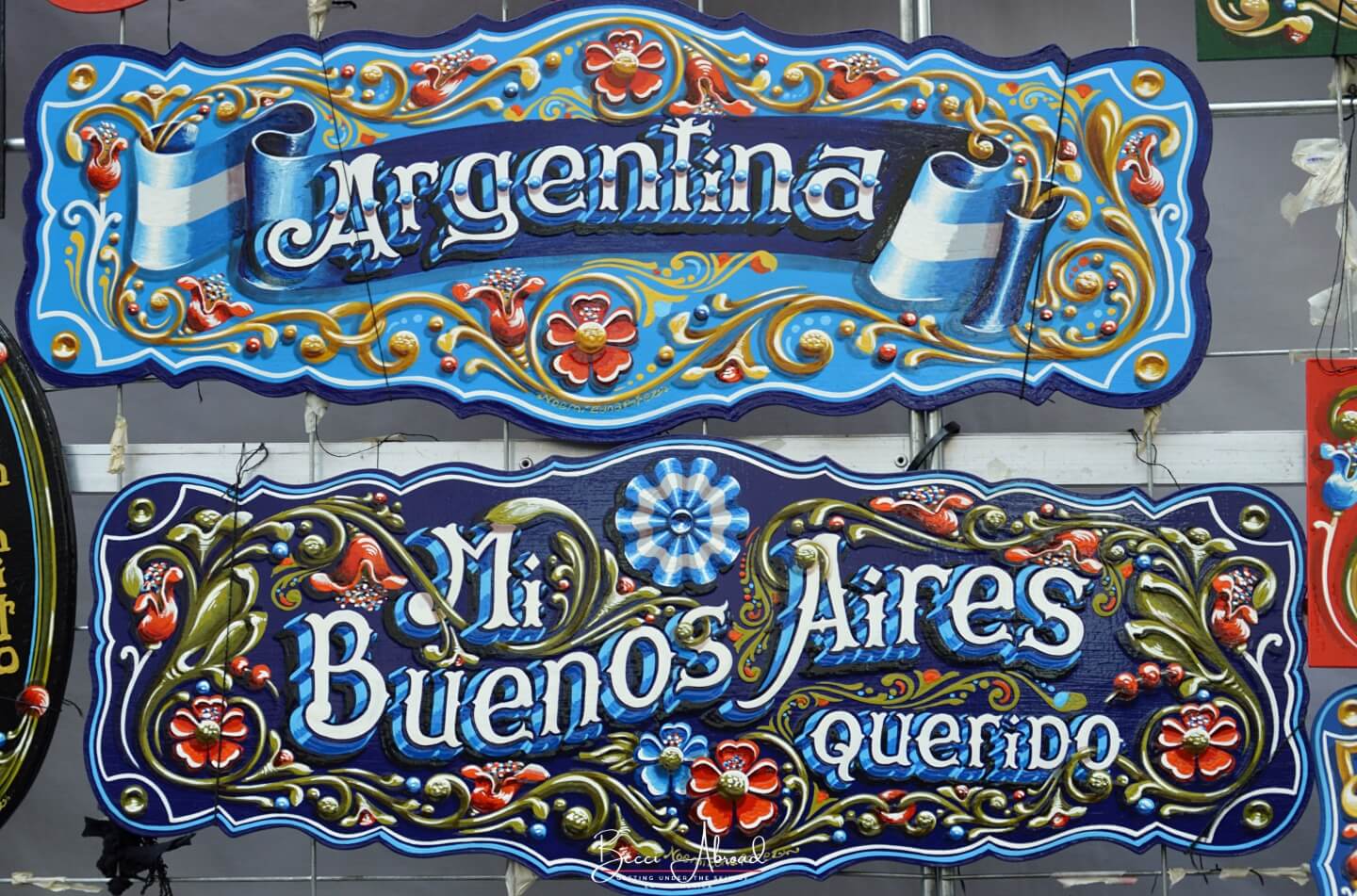
Prepare Your Trip to Buenos Aires: What You Need to Know Before You Go
There are many things to take into account when preparing your trip to Buenos Aires. In this section, I will explore some of the important things you need to know when you initially start preparing for your trip to Buenos Aires.
When is the Best Time to Visit Buenos Aires?
The seasons in Argentina are reversed compared to the U.S. and Europe because Argentina is located in the Southern Hemisphere.
Winter is June through September, and summer is December through March. Autumn is around April and May.
Spring & Fall in Buenos Aires
My favorite season to visit Buenos Aires is spring (October through November).
In spring, the weather in Buenos Aires is neither too hot nor too cold. There are many sunny days without it being unbearably hot. Temperatures lie around 25 to 30 degrees Celsius (77 to 86 degrees Fahrenheit) during the daytime. At night, the temperature tends to drop, allowing to refresh the air.
During November, the Jacarandas trees bloom all over the city, leaving Buenos Aires in a picturesque purple tone. Just imagine walking down the famous Avenida 9 de Julio all covered in purple. I really can’t recommend enough to visit Buenos Aires during the spring!
Fall (April through May) can also be very charming. The heat of the summer is disappearing. The first cold nights will paint the city’s many trees in different shades of orange and yellow.
Winter, Christmas, & Summer
The winters are chilly, gray, and rainy. The weather is very unstable changing from sunny days to weeks of constant rain.
The summers are warm and humid. During January, Buenos Aires turns into a bit of a ghost town.
Many locals leave for summer vacation at the beaches down the Atlantic coast from Buenos Aires.

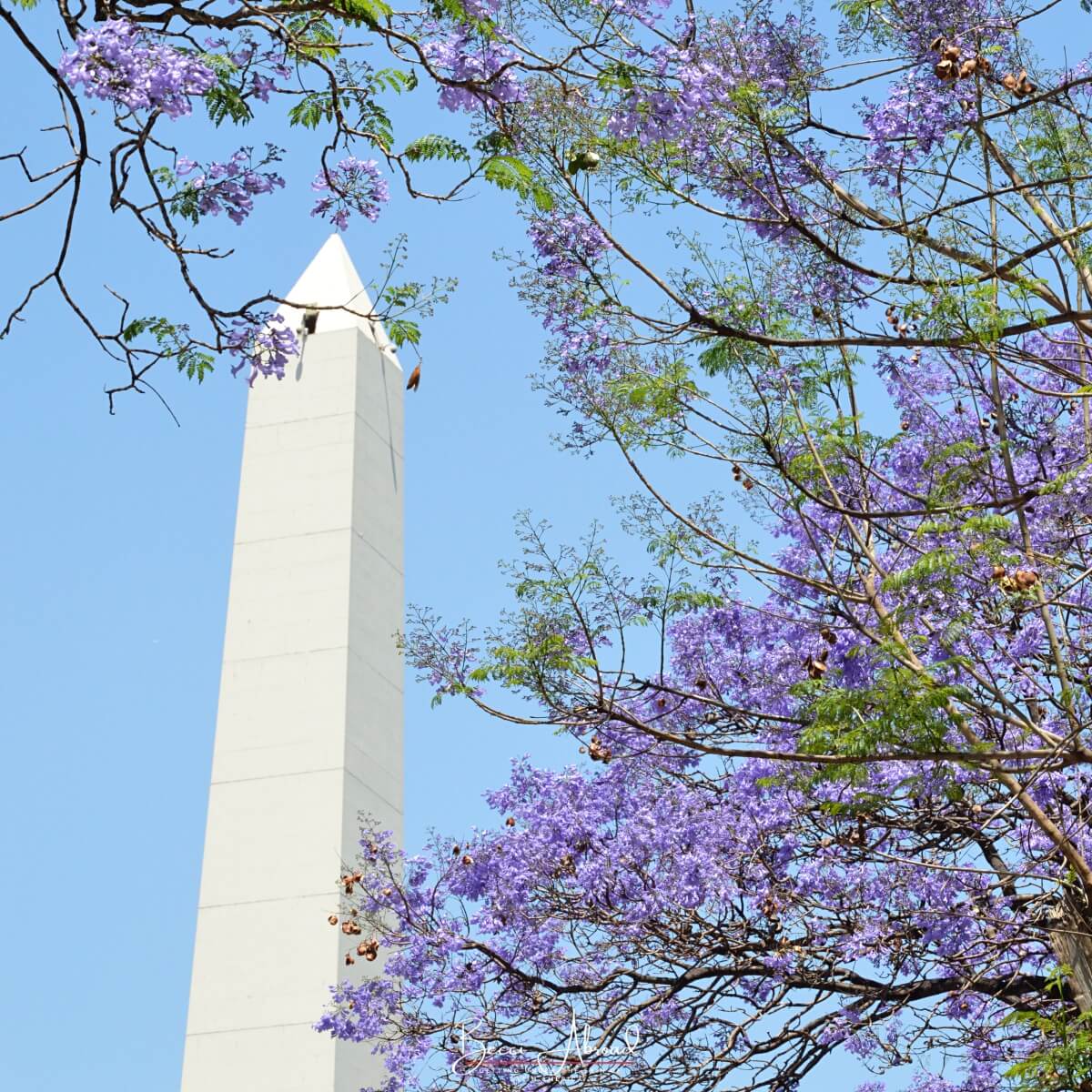

How to Exchange Money in Buenos Aires?
A question that causes a lot of confusion among first-timers to Buenos Aires and Argentina is the country’s exchange rate situation.
Official versus “Blue” Exchange Rate in Argentina
Since 2019, there has been a parallel exchange rate system in Argentina; an official exchange rate and an unofficial (also called “blue”) exchange rate.
The Argentine government has placed restrictions on how many American dollars the Argentines can exchange a month.
This has created a huge black market for exchange, especially American dollars outside the established limits. Read more about how to exchange money in Buenos Aires (as that’s a topic worth a whole blog post of its own).
Recently, the Argentine government has lifted the restrictions on the type of exchange rate that foreigners get when using their foreign credit cards in Argentina.

Is it Safe to Travel to Buenos Aires?
Buenos Aires is a relatively safe city compared to other bigger cities around the globe. Stay aware of your surroundings when you walk around. And keep valuables such as phones and cameras in your bag when you are not using them.
In recent years, petty crime such as pickpocketing and stealing phones from locals and tourists alike has been increasing.
The phenomenon called motochorros – motorbike robbers – has become very common in Buenos Aires. The thieves drive by on their motorbikes searching for unattentive people standing with their phones. When a victim is identified, they drive by and grab the phone or camera directly out of the victim’s hand. This can happen at any time of the day. While standing or walking on the street with your phone or when sitting inside a bus or a cab.
Another common trick is for somebody to spill something on you from above (normally without you noticing). Then another person comes to help you out. While somebody else secretly takes the valuables out of your bag.
That being said, I lived many years in Buenos Aires without being robbed once. However, I did learn to be more aware of my surroundings when I walked around the city.
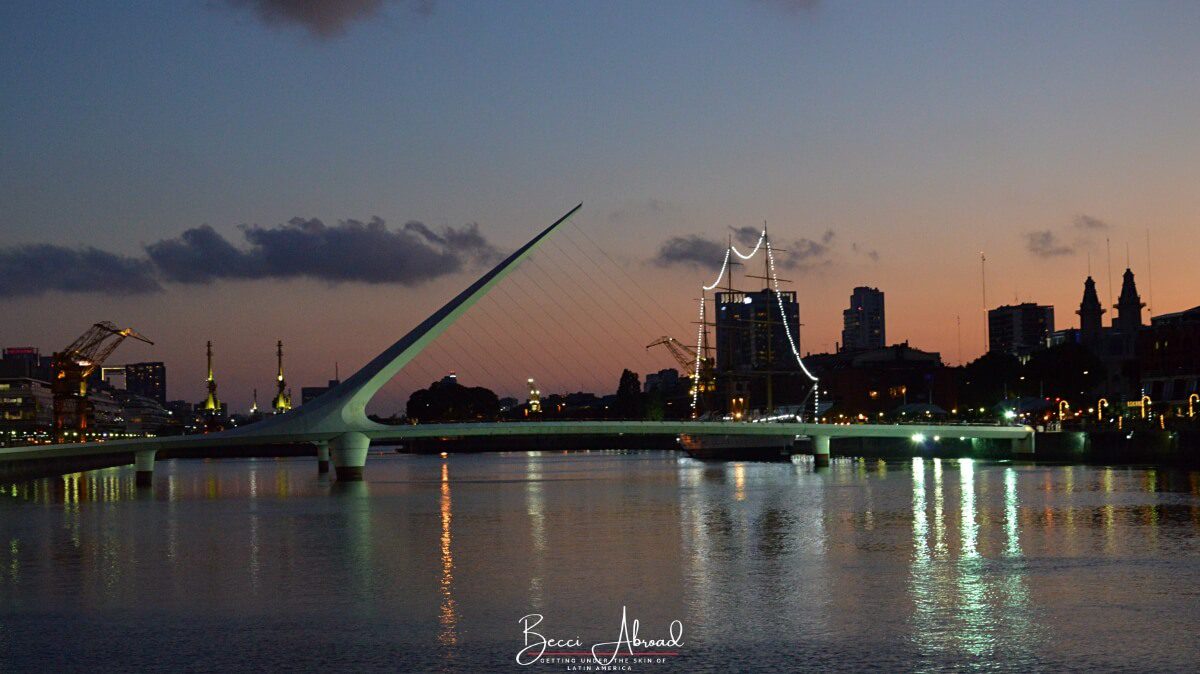

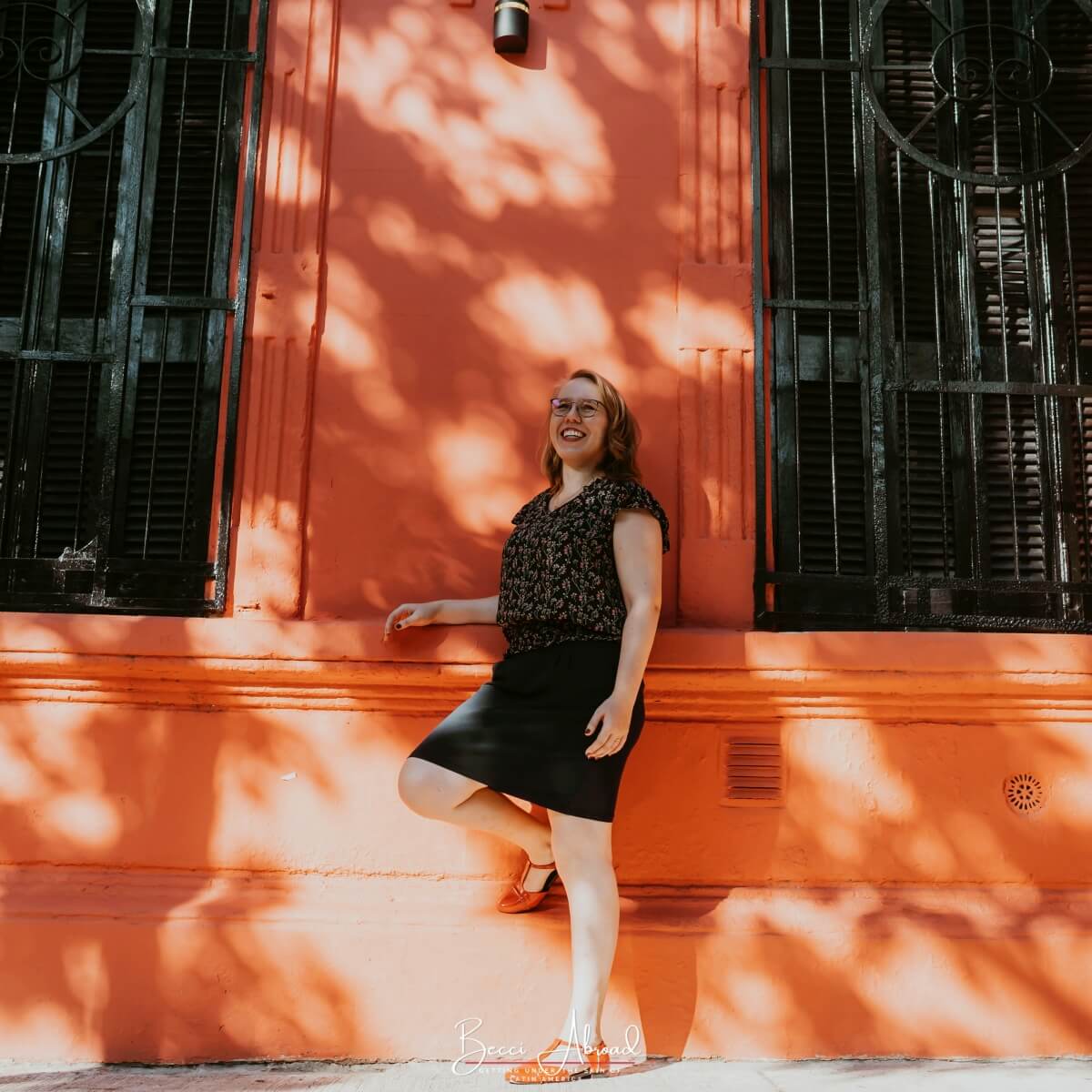
Prepare Your Trip to Buenos Aires: Getting Around
When you prepare for your trip to Buenos Aires, it is a good idea to familiarize yourself with how to get around in Buenos Aires.
In this section, I want to share the best ways to get from the airport in Buenos Aires to the city center of Buenos Aires and how to get around once you have arrived in Buenos Aires’ city center.
How to Get from the Airport to Buenos Aires?
Buenos Aires has two international airports, Aeropuerto Internacional Ezeiza (code: EZE) and Aeroparque Jorge Newberry (code: BUE).
Most international flights will arrive at the International Airport Ezeiza. Ezeiza is located around 20 miles (32 km) outside the city of Buenos Aires. While the Aeroparque Jorge Newberry is located almost in the city by the river banks of Río de la Plata.
Shuttle Bus Service, Tienda León
Public transportation to both airports is poor. The cheaper option is to take a bus service, Tienda León, that works in both airports. However, Tienda León will drop you off in the port area of Puerto Madero. From the Tienda León Terminal, you will most likely need to catch a local bus or the subway to get to your hotel or Airbnb.
Private Transfer from the Airport to Buenos Aires
A private transfer is the easiest and quickest way to get from either airport to your accommodation in Buenos Aires.
Remis
A remis is the Argentine word for a private car with a driver. A remis operates much like a taxi, but they are especially popular in Argentine towns and villages where taxis are less common. And somehow the remis business has also expanded to Buenos Aires.
I always used the remis service El Rápido Ezeiza whenever my family had to be picked up from the Ezeiza Airport. They answer very quickly on WhatsApp messages and the drivers have always been on time. However, you might experience that they only answer in Spanish.
Taxi
Taking a taxi might be a bit more expensive than using Tienda León. But you avoid having to manage public transportation from the Tienda León terminal to your accommodation with all your luggage.
Car-Sharing Apps: Uber & Cabify
Car-sharing apps like Uber and Cabify have become increasingly popular in Buenos Aires in the last couple of years. However, most of them operate in a legal grey area.
Especially, around the airports in Buenos Aires, the drivers from these applications can have a hard time
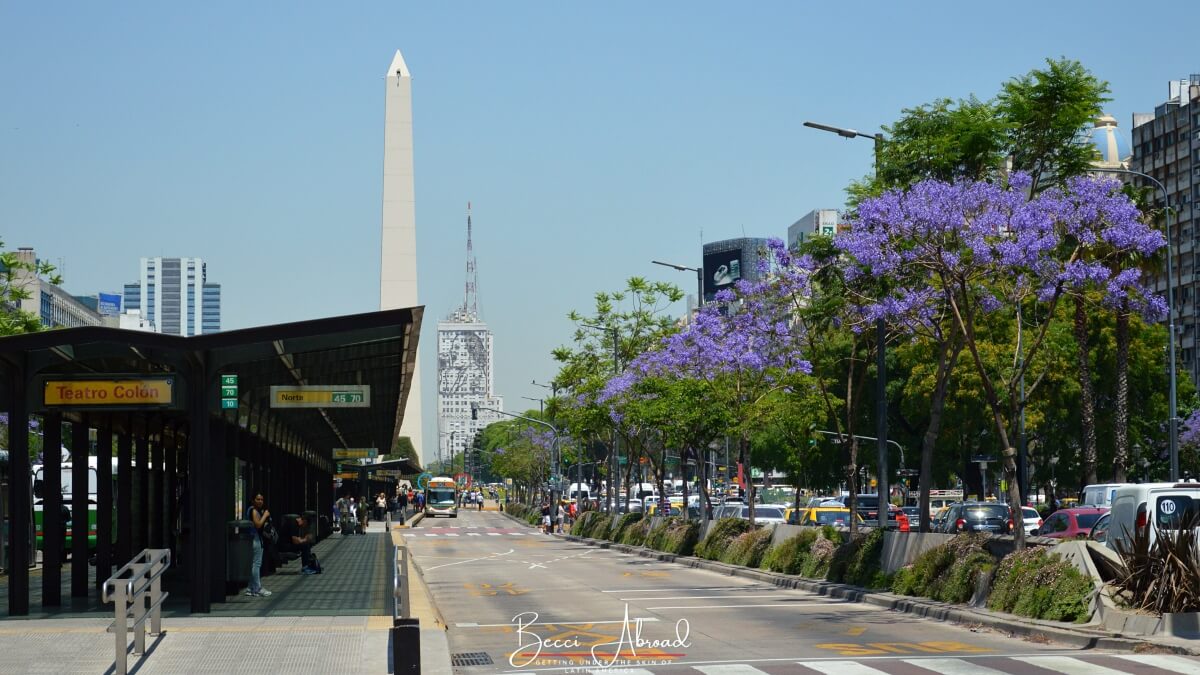
How to Get Around When You Arrive in Buenos Aires?
Buenos Aires is a relatively easy city to get around in and there are plenty of different options to get around in the city.
Let’s explore the most common ways to get around in Buenos Aires!
On Foot
Many of the important landmarks in Buenos Aires can be reached by walking. Especially, in the city center.
It is also easy (and safe) to walk around the neighborhoods of Recoleta and Palermo to experience their tourist attractions.
Uber & Cabify
Uber and Cabify are widely used in Buenos Aires and are good alternatives to get from one point in the city to another.
Download the application to your phone, and you can order a car all over the city. Sometimes, you can experience issues with your foreign cards, so always be prepared with some cash.
Taxi
You can also use the many taxis to get around the city. Stop one on the street and tell them where you want to go.
However, mind that many will not speak other than Spanish and will require payment in cash.

Public Transportation
Getting around in Buenos Aires with public transportation is extremely easy. The city has good public transportation that includes both the subway and many bus lines all around the city.
Get your SUBE card
To use public transportation in Buenos Aires, you will first need a SUBE transportation card.
SUBE stands for Sistema Único Boleto Electrónico, or translated: Single Electronic Ticketing System.
The SUBE card is a blue magnetic plastic card used as payment for all types of public transportation in Buenos Aires. The SUBE card is the only form of payment accepted in public transportation – no coins or notes are accepted anymore.
You can buy and charge your SUBE card at the kiosks around Buenos Aires and at the ticket office (boletería in Spanish) at the subway stations.
Some subway stations have also got self-service machines for loading the SUBE. You place your SUBE card in a little holder, press “cargar saldo” (e.g. load balance), and give the machine the amount of pesos you want to load.
The Subway – El Subte
The easiest way to get around Buenos Aires is with the city’s subway system. In Buenos Aires, the subway is called el Subte.
There are six subway lines connecting most parts of Buenos Aires.
If you are familiar with subway systems elsewhere in the world, the subway in Buenos Aires is no big mystery.
Find your nearest subway station on the map, head there, scan your SUBE card, and you are ready to go!
The Local Buses
With the local buses in Buenos Aires, you can reach almost anywhere in the city. However, the buses in Buenos Aires can be a little bit more challenging to use than the subway:
- It can be difficult to figure out where a bus stop is.
- You have to remember to stick out the arm to indicate that you want to get on the bus. Otherwise, the bus will not stop!
- You need to tell the bus driver on which street you want to get off for him to indicate the price on the SUBE system.
The porteños have a strong culture of waiting for the bus in line. If you doubt whether you have found the right bus stop for your journey, don’t be afraid to ask the people which bus they are waiting for.
In Buenos Aires, there are two slang expressions for ‘bus’ which are useful to know before going:
- Collectivo
- Bondi
Learn more about how to use the local buses in Buenos Aires.
The Trains
In Buenos Aires, there is a network of blue trains crossing the city at different points. Most of these train lines run to the Retiro train station or the Plaza Consistucion train station.
The trains in Buenos Aires connect the city with parts of the province of Buenos Aires.
If you are staying inside the city of Buenos Aires, you will properly not need the trains. However, if you are interested in going on a day trip from Buenos Aires, the best way to get to Tigre is with the train.


Prepare Your Trip to Buenos Aires: Where to Stay in Buenos Aires
Popular places to stay in Buenos Aires for international visitors and expats are the neighborhoods of Palermo and Recoleta.
It is relatively easy to find a hotel or a hostel to stay in in Buenos Aires. Airbnb is also widely used in Buenos Aires.
If you are staying in Buenos Aires for a longer time, Airbnb might be the better option. If you are relocating to Buenos Aires, check out my recommendations on how to find long-term accommodation in Buenos Aires.
Palermo
Palermo is relatively close to downtown. You can jump on the subway, take a cab, or even walk to the city center.
At the same time, Palermo is also one of the safest areas in the city. Palermo also has a good selection of restaurants and bars.
Recoleta
Recoleta is a little bit more high-end compared to Palermo, and it’s also closer to the city center. If you have heard Buenos Aires named the “Paris of South America”, then Recoleta will make you understand why. The neighborhood offers some of the most beautiful architecture in Buenos Aires.
San Telmo
San Telmo is Buenos Aires’s oldest neighborhood, and another popular area to stay. San Telmo offers beautiful old houses and cobble-stoned streets.
The great thing about San Telmo is that the area is located within walking distance of most of the popular activities and things to do in Buenos Aires.
Stay Local: Almagro & Villa Crespo
For a more local experience during your stay in Buenos Aires, consider staying in the neighborhoods of Almagro or Villa Crespo.
Almagro has a cute bohemian feel to it. In Almagro, you will find many tango-inspired murals, cute small cafées and some of Buenos Aires’ great hidden gems to be found.
Villa Crespo is located close to Palermo but is more residential. Villa Crespo also tends to be cheaper than staying in the popular Palermo. Most likely, you will still be within walking distance of all the activities in Palermo.
Avoid Staying in Downtown Buenos Aires
Generally, I would recommend against staying in downtown Buenos Aires; the area around the Congress, 9 de Julio, etc. In the evening and night, these areas aren’t the nicest place to be.
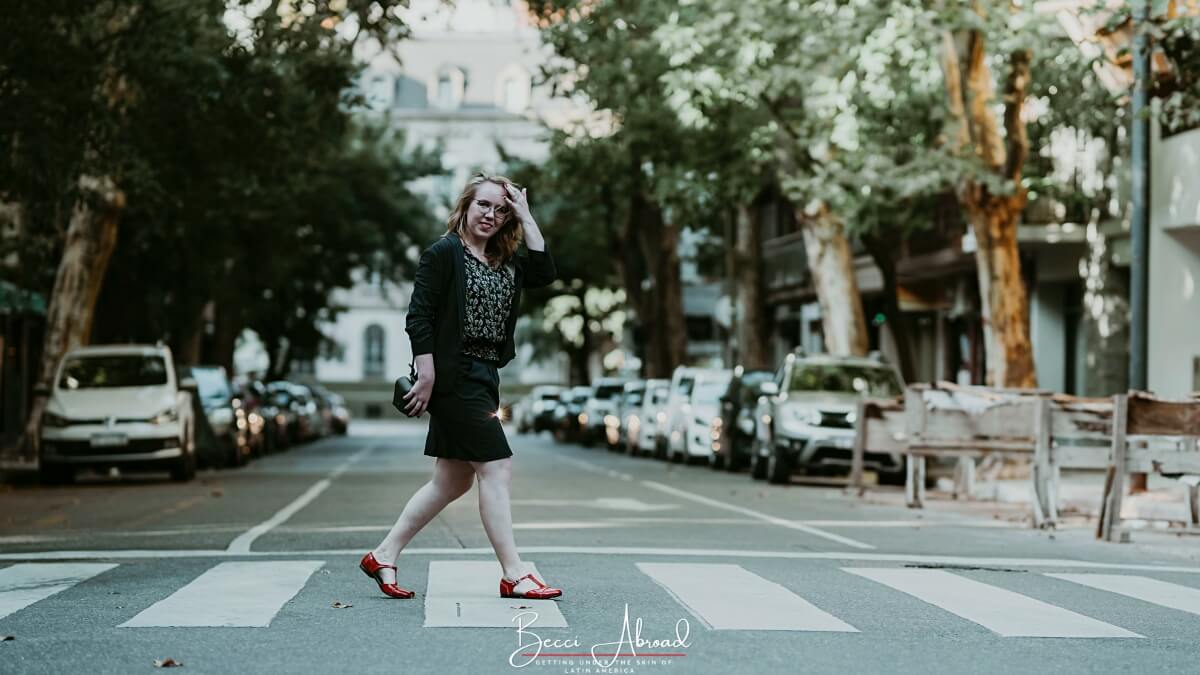
Prepare Your Trip to Buenos Aires: What to Eat in Buenos Aires?
Asado
Argentina is a proud meat-eating nation, so no visit to Buenos Aires without trying the traditional Argentine BBQ, Asado. Many restaurants offer asado or parrilla. But especially in the tourist areas the quality of the meat these places offer isn’t the best.
To get a more authentic experience of what Argentine asado is, try out Asado Adventure’s Food Tour where you get to prepare your own asado. For a more high-end option, try out Fogón Asado.
Empanada
Empanada is a classic Argentine food. It consists of small buns with some type of filling (meat, chicken, pork, etc.) covered with a thin dug.
The empanada is either baked in an oven or fried in oil. So, if you see empanada on the menu, remember to ask whether it is frito (fried) or not.
Try making empanadas with an empanadas cooking class.
Pizza
In past generations, Argentina experienced a lot of Italian immigration. This left a clear influence on Argentine cuisine.
For that reason, pizza is considered a traditional food in Argentina. Thus, the quality of pizza in Buenos Aires varies a lot. Some places aim at low prices, and the quality doesn’t always follow.
My favorite pizza place in Buenos Aires is Maldito Tano in Palermo. Another famous pizza place is Pizzería Güerrín on Avenida Corrientes.
Check out these great restaurants and cafes in Buenos Aires for Argentine food!

Ice Cream
The ice cream in Buenos Aires is another heritage of the many Italian immigrants in the city. And they seem to have taken all the good recipes for ice cream with them! Because the ice cream in Buenos Aires is goooood!
The most popular ice cream places are Freddo and Lucciano’s. But I also recommend trying out Occo Helados or Rapanui if you come by them.
Around the city, always look for an ice cream store that says helado artesanal. This means homemade ice cream.
Dulce de Leche
You cannot go to Argentina without trying dulce de leche! Directly translated it becomes something like the sweetness of milk.
Dulce de leche is a thick very sweet caramel cream. It is used in everything from cakes to ice cream and as a spread on bread.
You can buy dulce de leche in any supermarket in Buenos Aires. And no ice cream shop with respect for themselves has less than a few different varieties of dulce de leche flavored ice cream.
So, there is no excuse for not trying out dulce de leche!
Alfajor
Alfajor is a popular small cookie-type snack in Argentina. Most commonly, it consists of two layers of thick cookie dug with a solid spread of dulce de leche in the middle.
The alfajor is covered in coconut flakes, chocolate, or sugar frosting. Sometimes the spread in the middle is changed from dulce de leche to jam or chocolate.
You can get an alfajor in any kiosk or supermarket in Buenos Aires, and there is always a huge variety. Many cafés also have homemade alfajors which tend to be more delicious than the commercial ones from the supermarkets.
Try making your own alfajors with an Argentine cooking class!



Useful Apps to Prepare Your Trip to Buenos Aires
Here are some of the apps that can be very helpful when you are preparing for your trip to Buenos Aires and when you have arrived in Buenos Aires:
Apps for Getting Around Buenos Aires
- Google Maps – Google Maps works quite well for public transportation in Buenos Aires. It might be easiest for you if you are already used to it.
- Cómo Llego – The local government of Buenos Aires has developed an app and an online map for getting around Buenos Aires called Cómo Llego (e.g. How do I arrive). It works very similar to Google Maps.
- Moovit – Moovit App which seems to be a good middle thing between Google Maps and Cómo Llego for finding your way in Buenos Aires.
Apps for Exchanging Money in Buenos Aires
- Western Union – Western Union is a safe choice for exchanging money in Argentina. Download the app to your phone to always have the current exchange and closest office at hand.
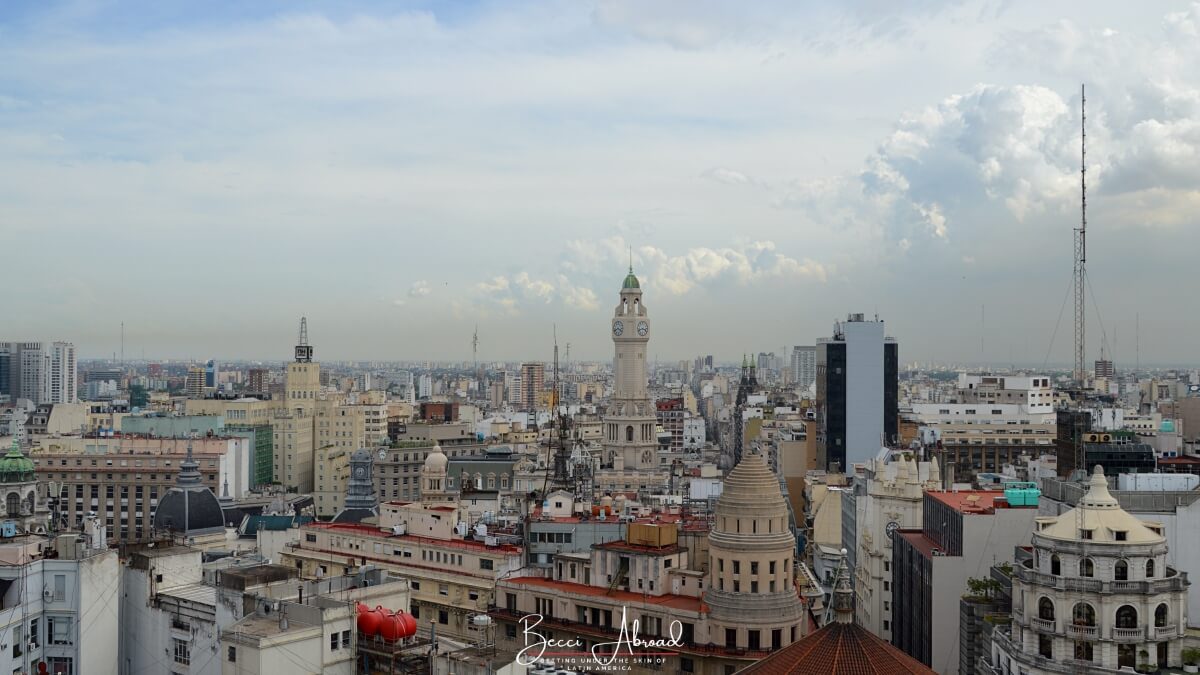
Share the love and pin the post!






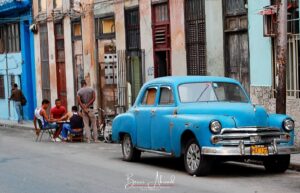
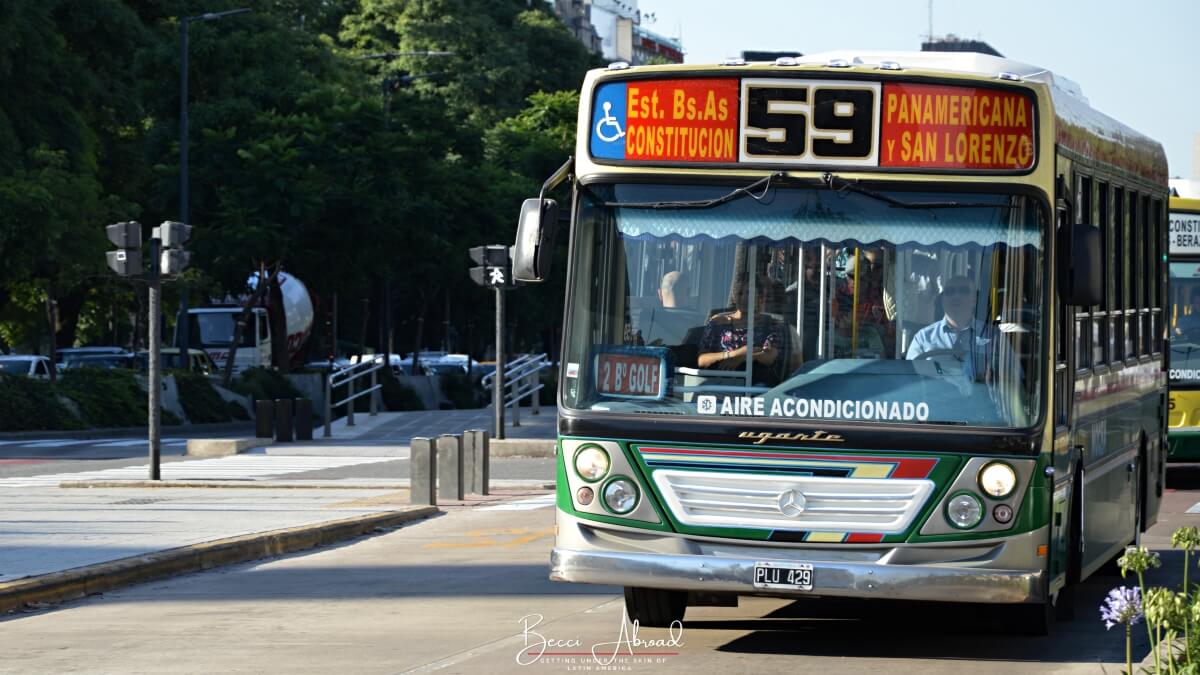

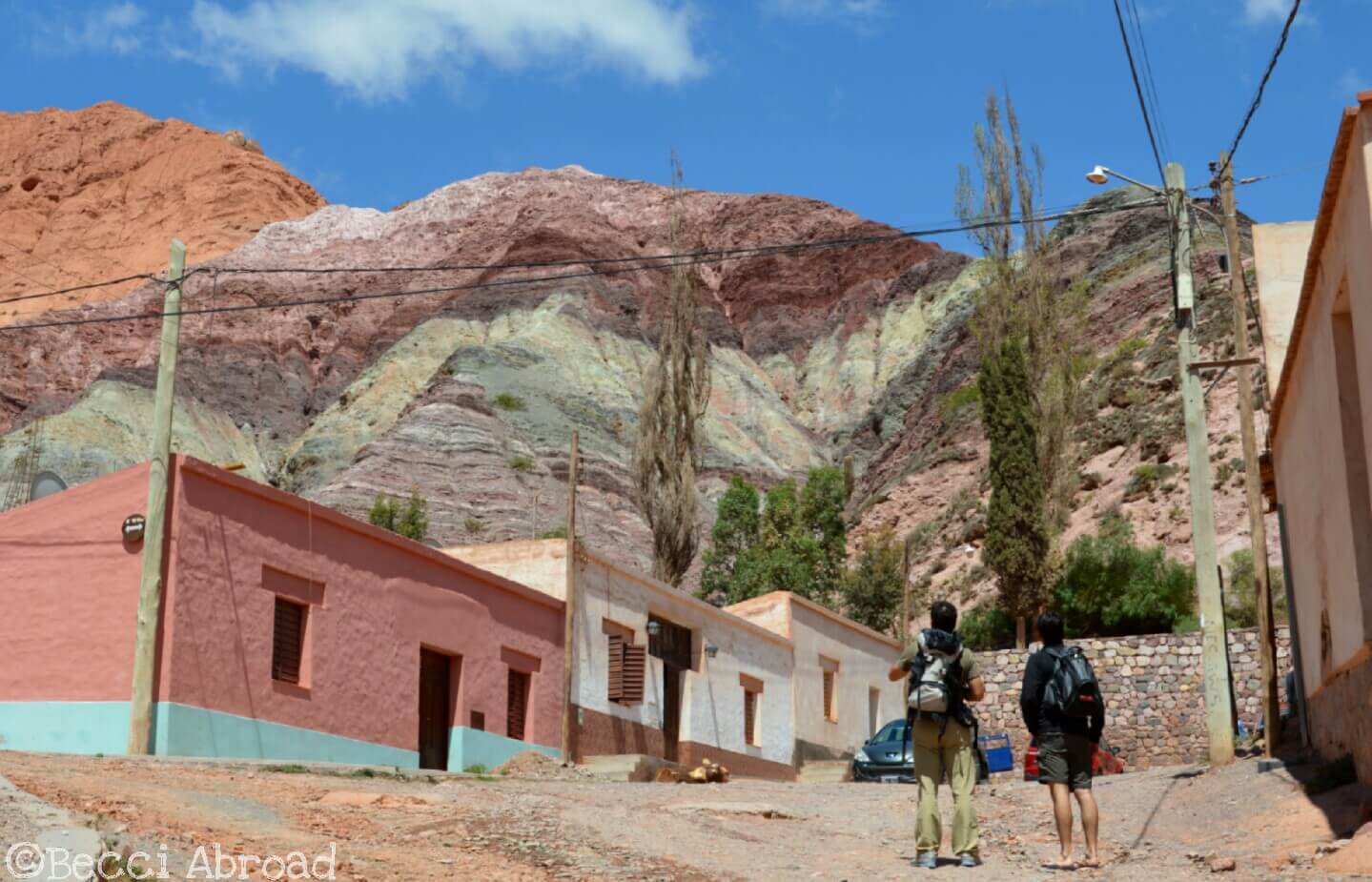
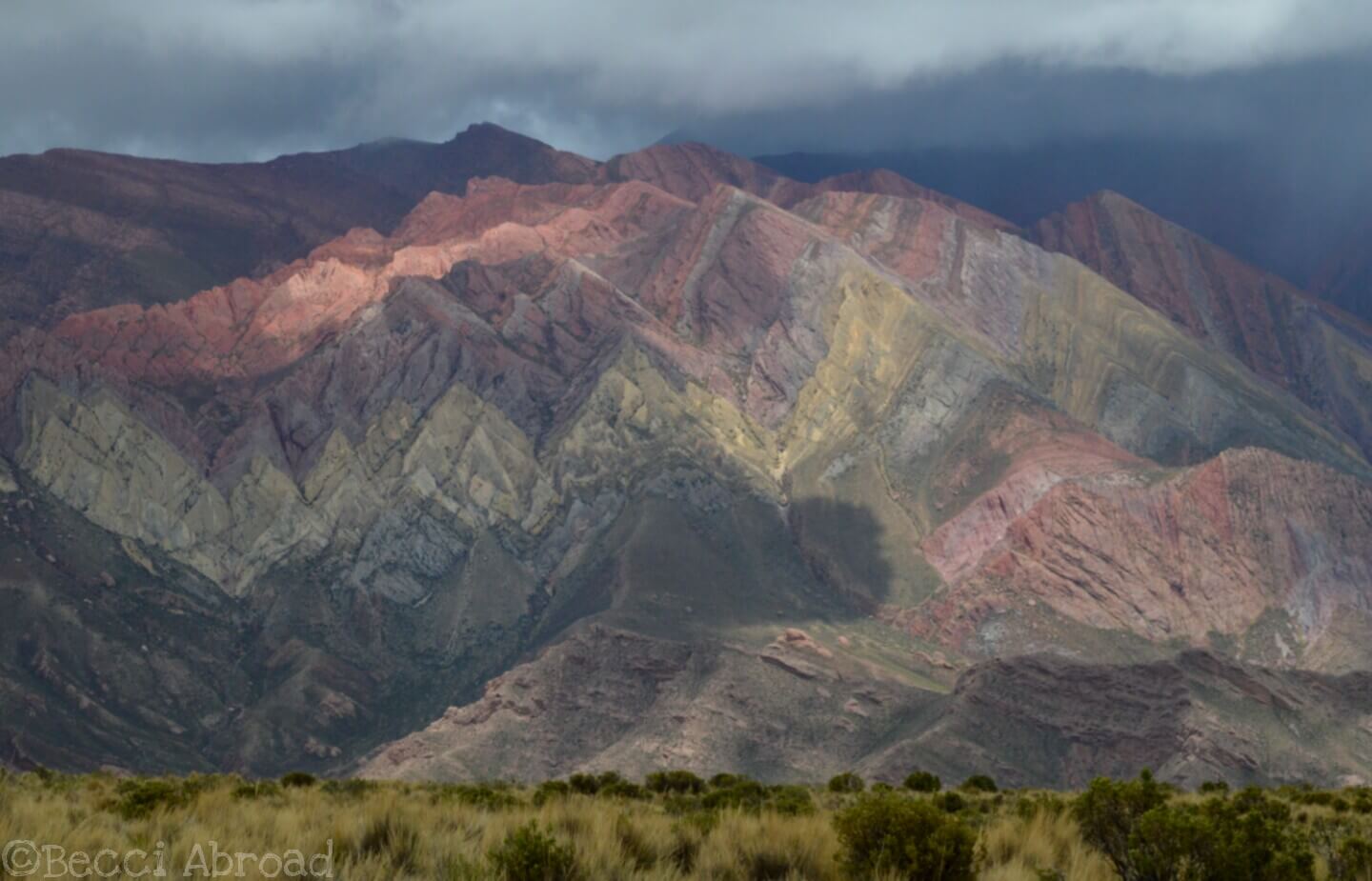
8 Comments
Rebecca Thomas
Great post! I love cemeteries, so Recoleta would definitely be at the top of my list! I am a little surprised that Evita’s grave is small! The flower looks amazing, too! And, I would love to visit the Tigre cafes, since I am a coffee addict! Lately, I’ve been drinking a lot of cold coffee. I am going to open a Pinterest account, so I will find you there!
Rebecca
Thank you so much, Rebecca! I´m so happy to hear that you enjoyed the read!
Oh, Tigre and Buenos Aires, in general, is great for coffee lovers, so you should certainly try to come by – then you can also check out the Recoleta! If you love cemeteries, you´ll love the one in Recoleta.
Thank you so much for joining Pinterest and sharing my stuff! Pinterest is great for driving traffic to your blog 🙂
simplyjolayne
So many amazing things to do. I haven’t traveled much in South America, but this gives me some incentive to start planning a trip.
Rebecca
Thank you so much for dropping by, Jolayne! I’m happy to hear that I could spark some inspiration for traveling to South America and Buenos Aires 🙂 There are definitely plenty of interesting things to do!
Terri
I think the cemetery was my favorite surprise part of visiting Buenos Aires. I loved seeing all the street cats who slept there. There was a wonderful lady who fed them each day.
Rebecca
Thank you for dropping by, Terri! The Recoleta cemetery is just such a great must-see when in Buenos Aires! I had some colleagues visiting from the U.S. and took them there and they were blown away 🙂
ANUKRATI DOSI
Wow, your guide on Buenos Aires is incredibly thorough, and the captured photos truly speak volumes about the location.
Rebecca
Thank you so much for dropping by, Anukrati! I’m so happy to hear that you enjoyed the guide and its photos 😀